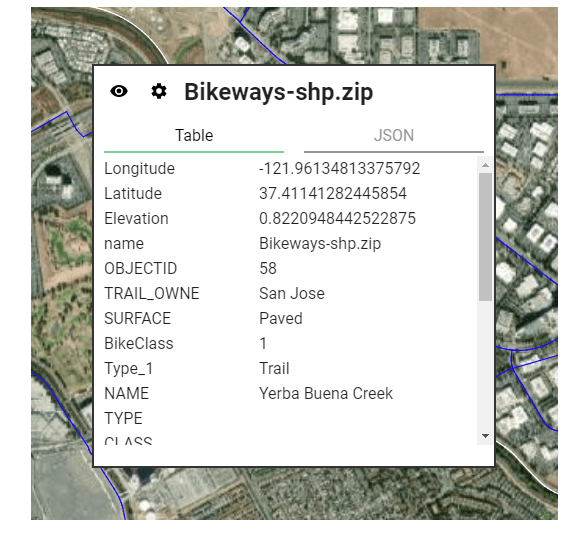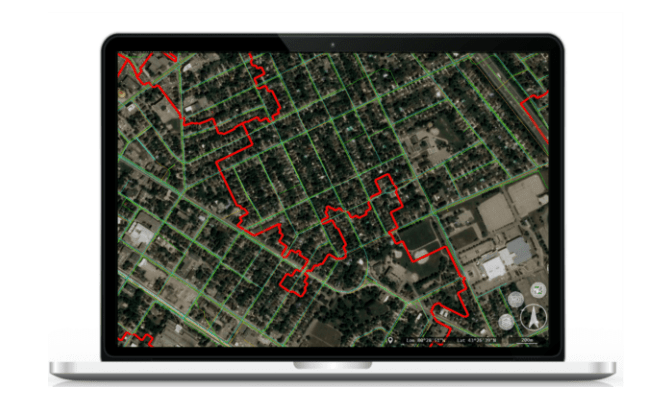
A shapefile is a widely-used file format for storing and displaying geographical data. It generally includes lines, points, polygons, and polylines that represent different features on a map. Each shapefile is made up of at least three files – .shp, .shx, and .dbf, which contain the actual geometry data, an index to locate the data, and attribute information, respectively. Shapefiles are commonly used in GIS (geographic information systems) software to visualize and analyze data related to geography and spatial relationships. The image on the left illustrates a map with two shapefile layers representing “storm sewers” (in green) and “drainage areas” (in red).
Steps for Accessing and Viewing a Shapefile
To open and view a shapefile, you will need to utilize a Geographic Information Systems (GIS) software which can handle the file format. There are several software options available, ranging from free to expensive. One popular free option is Equator, which can be accessed without any installation and is user-friendly. Simply click on the “Go To Viewer” option to use it. Other commonly used software options include ArcGIS, QGIS, and Google Earth, among others.
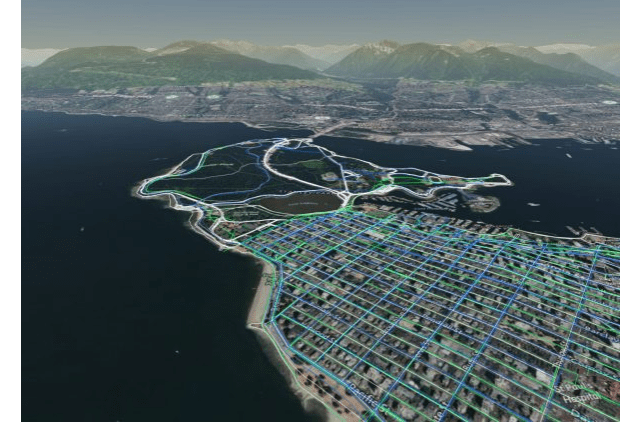
Illustrative Example of Shapefile for Points
The Boulder Colorado department of Parks and Recreation keeps track of its urban tree inventory using a shapefile. This particular shapefile contains information regarding more than 50,000 trees and is displayed on Eris’s 3D terrain through the Equator application.
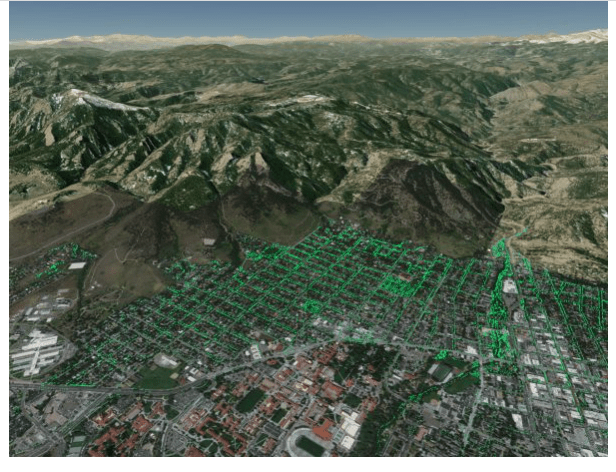
Illustrative Example of Shapefile for Lines
San Jose, California has a shapefile that captures its bikeways, which includes lanes, trails, and sharrows throughout the city. This shapefile is displayed on a 3D terrain base layer to provide a comprehensive view of the bikeways network.
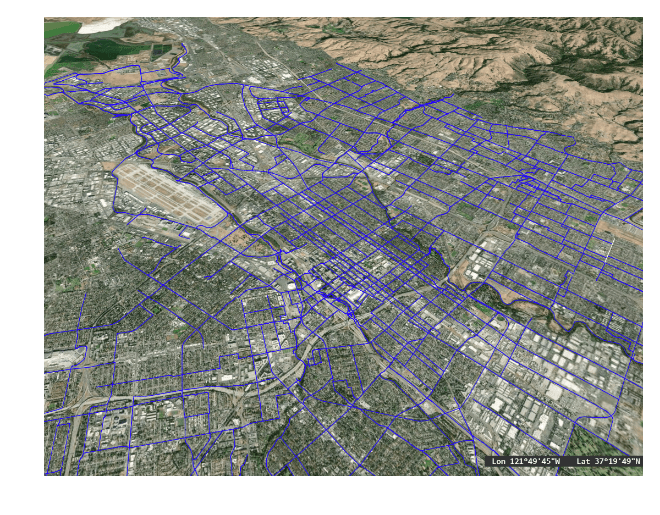
Illustrative Example of Shapefile for Polygons
Shapefile for Polygons: New York City’s Five Boroughs OutlinedNew York City’s five boroughs – The Bronx, Brooklyn, Manhattan, Queens, and Staten Island – are clearly marked out in this shapefile. The borough of Queens, with its vast area of 280KM², stands out prominently. This shapefile also provides the user with the ability to view all attribute data for each borough by selecting the respective feature.
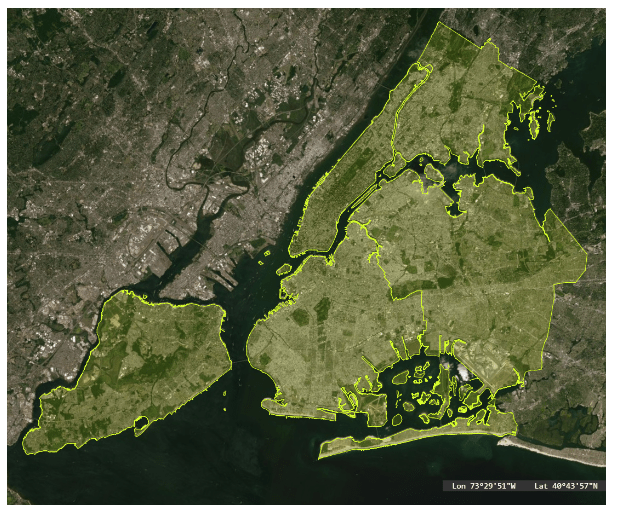
Illustrative Example of an Attribute Table
An Overview of the Attribute Table for Shapefiles
The attribute table in shapefiles contains important information about a dataset and its specific features, created by the data provider. Typically, the attribute table includes coordinates, names, and IDs. Providers may also include ancillary data such as measurements, notes, and classifications relevant to the data.
Equator provides a summary table that shows the attributes for all data features in a shapefile. Additionally, users can select a specific feature to view its unique attributes.